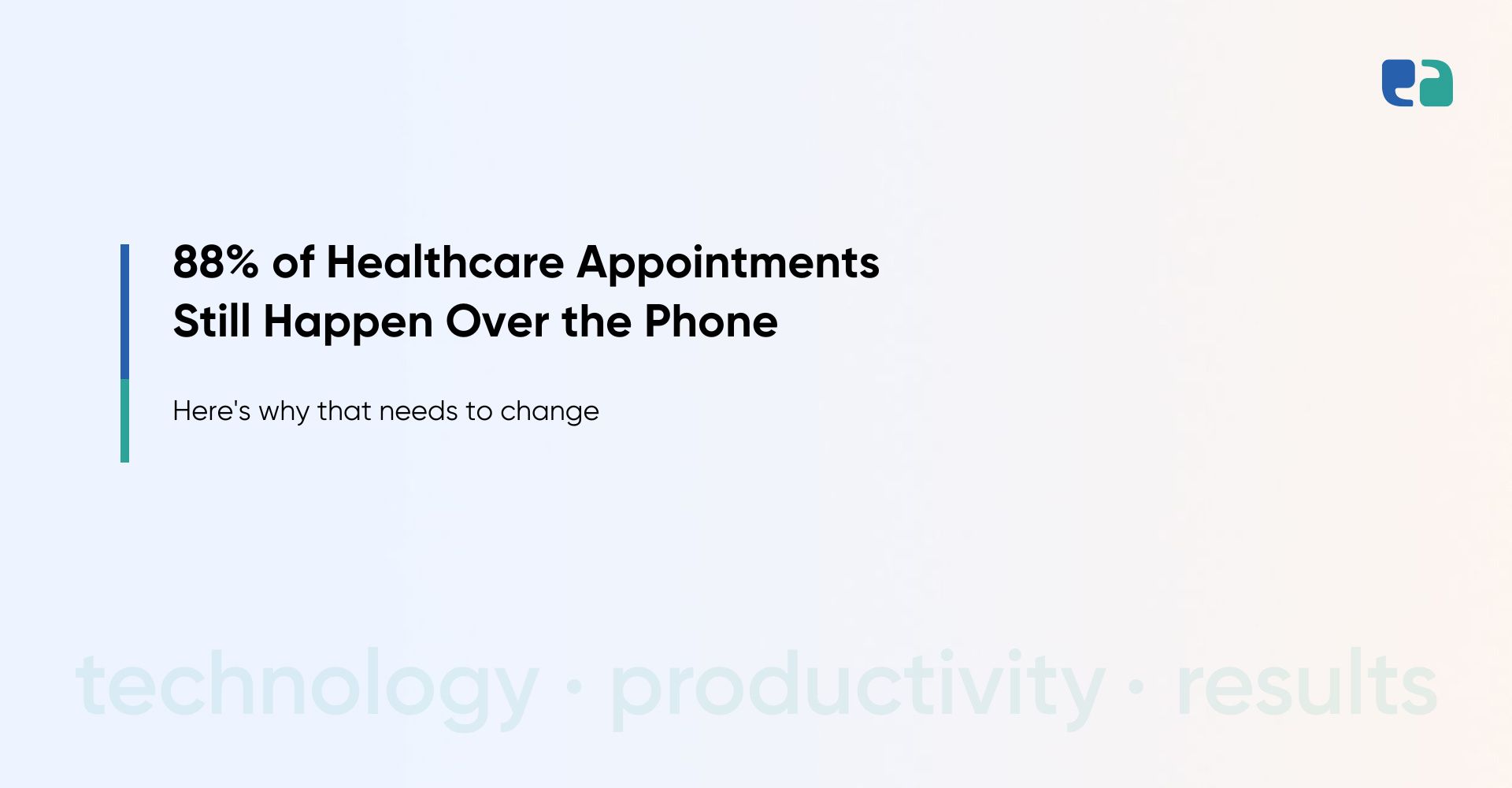Aging is a big global trend, and with it comes a growing need for good senior care.
As more people get older, there’s a big chance for entrepreneurs to offer fresh and caring solutions.
This is a great time to think about starting a business in senior care.
In this blog post, we’ll look at 7 senior care business ideas that could be very profitable in 2024-25.
We’ll cover everything from traditional home care to new tech solutions.
By seeing what’s trending and what seniors need, you can set your business up for success.
Opportunities in the Growing Senior Care Market
The elderly care market is growing fast. In 2022, it was worth USD 1,703.03 billion.
By 2030, it’s expected to reach USD 2,882.66 billion. That’s a yearly growth rate of 6.80%.
There are exciting opportunities in this field.
For example, in June 2021, Webrock Ventures and Healthforce launched telehealth products in South Africa.
They’re offering both on-demand and scheduled consultations with healthcare experts and got USD 3 million in funding.
Another example is Quro Medical, a health tech startup. They raised USD 1.1 million in April 2021 to provide home-based care.
These examples show that there’s a lot of investment and innovation in senior care.
It’s a great time for new business ideas and technology in this growing market.
We See the Outstanding Future of These 7 Senior Care Business Ideas
5 Proven Monetization Strategies for Senior Care Businesses

1. Subscription Model
Offer monthly or yearly subscription plans for access to your services, like home care or caregiver education platforms.
This creates a steady revenue stream while offering value through ongoing support.
2. Freemium Model
Provide a basic version of your service for free, with premium features available for a fee.
Care.com offers a free profile with basic features and charges for enhanced caregiver search options and background checks.
3. On-Demand Pricing
Charge users based on the services they use, such as hourly rates for caregivers in a care marketplace.
This gives flexibility to customers while ensuring you earn based on demand.
4. Affiliate Marketing
Partner with companies to promote their products.
For instance, Senior.com earns commissions by featuring and selling senior-friendly products like mobility aids and health monitors.
5. In-App Purchases
If you have a senior care app or platform, offer in-app purchases such as additional care resources, one-on-one virtual consultations, or specialized training modules for caregivers.
How to Implement Senior Care Business Ideas Online
As you explore profitable senior care opportunities for 2024, leveraging online solutions can help you implement these ideas effectively.
Here’s how you can proceed with each concept:
1. Custom Senior Care Apps
Develop a bespoke app tailored to your specific needs, whether for monitoring, marketplace, or caregiver support. It requires more time and investment but offers a highly personalized solution.
2. Clone Apps
Create a clone app that mirrors successful models. This approach is quicker and more cost-effective, allowing you to offer familiar features and get started faster.
3. MVP (Minimum Viable Product)
Launch with an MVP to test your idea with essential features. It helps you gather user feedback and make improvements while keeping initial costs low.
4. White-Label Solutions
Use a white-label platform for a quick and affordable launch. Customize it with your branding and get a ready-to-use solution that meets regulatory requirements.










